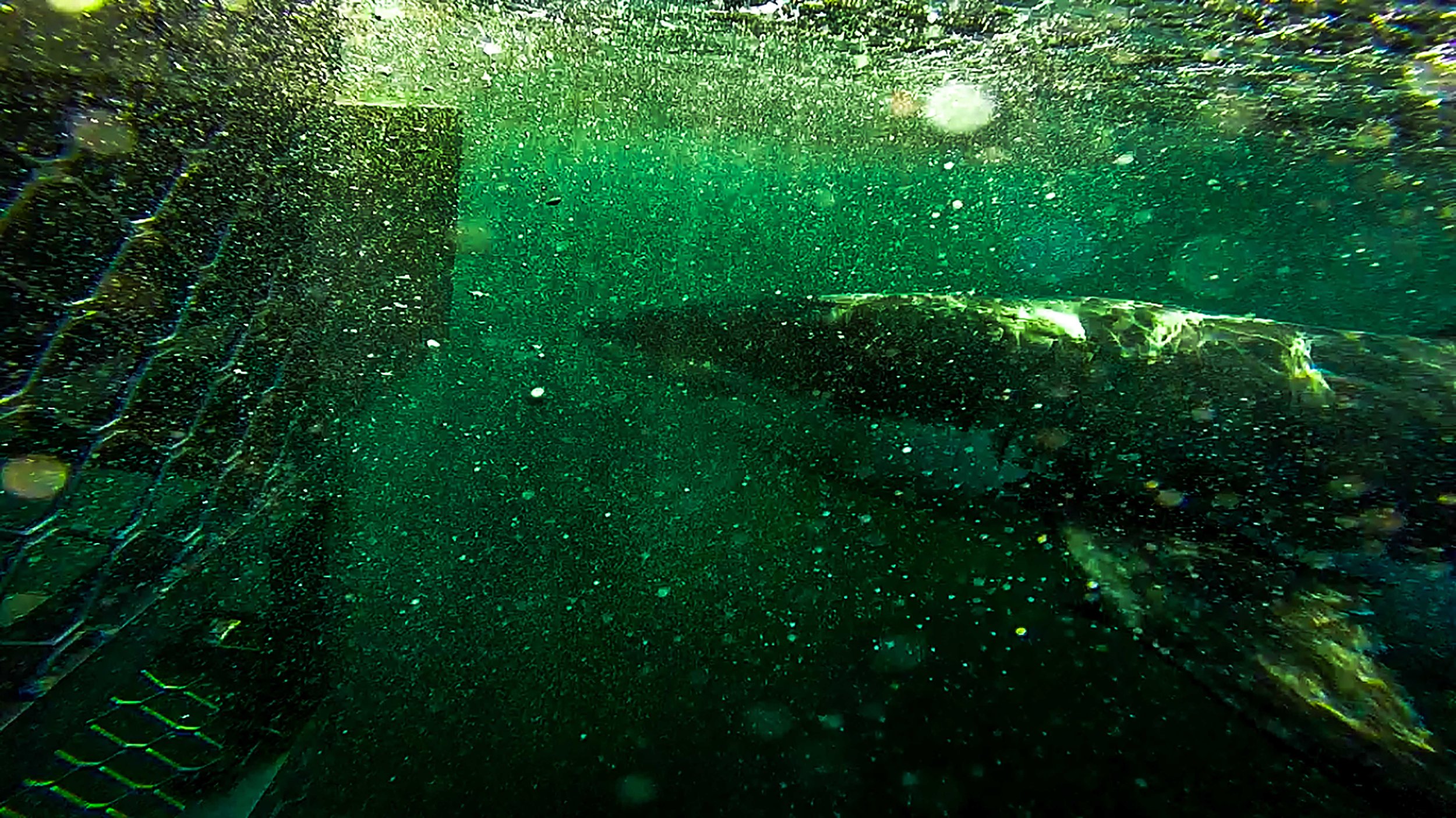Encounters of the Great White Shark and Caged Humans in New Zealand
Encounters of the Great White Shark and Caged Humans in New Zealand
By guest blogger and fellow shark anthropologist
Dr. Raj Sekhar Aich
Department of Anthropology,
University of Canterbury, New Zealand
Shark Culture
Images of a malevolent monster haunt our aquatic imagination and abyssal unconscious! Perpetuated by popular culture, this image transcends the real; transforming a 100-million-year-old fish into the contemporary emotionally, socially, and politically charged hyper-real monster we know as the Great White shark.
Being the largest predatory fish on the planet, White sharks or Mangō taniwha, are the apex predator of the marine environment, and their loss would have a drastic impact on the delicate balance in the marine ecosystem. However, over the last few decades their global numbers have decreased at an alarming rate, hunted for their liver, skin, and their famous jaws, and as trophy to compensate male ego. It is often argued, that even if there is interest in conservation of other marine mega fauna, there is not as much interest in conservation efforts of the menacing sharks. Hence, most scientists believe in order to conserve them- they need to be demystified- and one of the most promising avenue of this demystification effort may be direct encounter with them in their natural surroundings.
Always negotiating between Great White shark- the hyperreal trope of ‘man eating monster’, and White shark the fish- the practice of White shark cage diving facilitates the coming together of two apex species who’s lives and oceanscapes are often intertwined in similar political, social, economic, and ecological assemblages. The cage acts as a contact zone and creates avenue of controlled encounters among of two species in the middle ground, on equal terms, where the sharks have as much significant agency as the humans, and both experience the Subjectivity and intentionality of each other. Being one of only five White shark hotspots on the planet, there has been cage diving practice off the coast of Bluff, Southland- New Zealand, since 2007, and people from all over the globe congregate on a small boat- and get inside an even smaller aluminium cage- for one chance to meet and interact with them.
However, this practice is often shrouded in controversy, and a hotspot of social and political turmoil in New Zealand. The groups opposing cage diving often argue that- cage diving increases potentiality of ‘shark attacks’ on humans sharing the water space. On the other hand, groups which support cage diving argue- the practice does not increase the chance of shark attack in the region. Rather, it creates avenue for demystifying the shark and challenging the ‘monster’ image, pertinent for their global conservation efforts. Furthermore, the supporters point out to the significant shark knowledge emergent from this practice, and economic benefit to the local community.
Set among this liminality of ideas; tensions; the imagined monsters vs. the actual fish; and the imagined experience as opposed to the real one of cage diving- our ethnographic research investigates the encounters of human and White sharks through cage diving in New Zealand, and its affective impact. Under the supervision of Dr. Piers Locke and Barbara Garrie from the University of Canterbury, New Zealand- I, along with my research assistant Soosan Lucas- live, work, and learn among the cage divers, the sharks, and the local community of Bluff, and explore the unique ethereal unpredictable contact zone where two sentient beings encounter each.
Based on participant observation with the cage diving operations of Shark experience NZ, Bluff, our research investigates- Firstly, the emotive; sensory; sensitive; and often sensual dimension of the tourist fascination, and obsession about an animal whom most of them have never seen face to face in their lives. We then explore the lives of the sharks of the region, and the potential effect of this practice on them and their image in public imagination; Finally, the relation of this practice and the sharks with the local community of Bluff and its socio-economic milieu.
Contact Dr. Raj Sekhar Aich at:
and Soosan Lucas at Soosielucas@gmail.com
Other Links:
1. BBC, 2018
2. Scroll, 2018

